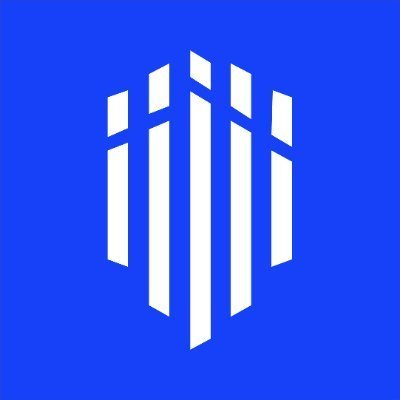Circle Public Chain Arc: A new Layer1 revolution of Libra + Monero + Consortium Chain
"first stablecoin stock", announced its latest layout in its financial report for the second quarter of 2025, a public chain called Arc, which is also a Layer1 dedicated to stablecoins. Clearly benchmarking against competitors Tether's Plasma and Stable. Arc will launch a public testnet this fall, so let's take a look at Circle's latest masterpiece and its technical features.
Firstly, Arc is an EVM-compatible Layer-1 blockchain designed for stablecoin finance and asset tokenization, providing a foundational settlement layer for programmable currencies on the internet, especially suitable for scenarios such as global payments, foreign exchange (FX), and capital markets. The goal is to address the obstacles encountered by existing public chains in enterprise and institutional applications, such as fluctuating transaction fees, settlement uncertainty, and lack of privacy. Here we know that Arc is strongly correlated with payment, and it is worth noting that Arc does not seem to be to C.
Key Technical Features of Arc
Using USDC as Native Gas and Stable Fee Mechanism
Arc uses USDC as the native asset for paying transaction fees (Gas) and employs a fee market mechanism inspired by Ethereum's EIP-1559, but smooths out short-term fluctuations by using an exponentially weighted moving average of block utilization to update the underlying fee, ensuring that transaction costs remain consistently low.
In addition to USDC, Arc also plans to support gas fee payments for other stablecoins and tokenized fiat currencies through a dedicated "Paymaster" integration.
Ultra-high-performance
Arc uses the high-performance consensus engine "Malachite" based on the Tendermint BFT protocol. This allows it to achieve deterministic settlement finality, with transactions confirmed and irreversible in less than a second.
Of course, there are validators, and the network is secured by a limited, permissioned, geographically distributed set of well-known institutions as validators. These validators are publicly available and subject to high standards of accountability and operational assurance. This is very reminiscent of the former Libra.
In a test setup with 20 geographically distributed validators, Arc was able to process approximately 3,000 transactions per second (TPS) with a finality confirmation time of less than 350 milliseconds. With 4 validator nodes, throughput can exceed 10,000 TPS and final time is less than 100 milliseconds.
Optional privacy protection features
Arc's privacy roadmap begins with the "Confidential Transfer" feature, which encrypts transaction amounts so that they are not visible to the public, but the addresses of both parties remain visible. This is a very to-B feature to protect sensitive business information.
Another point is that it is entirely for regulatory purposes, Arc's privacy model allows for selective disclosure through mechanisms such as "view keys", similar to Monero, because many transactions are private but can authorize third parties (such as audits or regulators) to access specific transaction data. Institutions always have full visibility into their clients' transactions to meet regulatory requirements such as trade monitoring and travel rules.
Privacy features are implemented through a modular backend, initially using Trusted Execution Environment (TEE) technology to process encrypted data, with plans to integrate more advanced technologies such as multi-party computation (MPC), fully homomorphic encryption (FHE), and zero-knowledge proofs in the future.
MEV's Mitigation Roadmap
Arc believes that not all MEV is harmful. It divides MEV into two categories: "constructive" (such as arbitrage behavior that helps stablecoin price discovery) and "harmful" (such as sandwich attacks).
To mitigate MEV issues, Arc's roadmap includes implementing techniques such as cryptographic mempools, batch transaction processing, and multi-proposers to curb predatory trading practices while preserving beneficial arbitrage activities.
Click to learn about ChainCatcher's recruitment positions
Recommended reading:
Conversation with Oppenheimer Executive Director: Coinbase's Q2 trading revenue falls short of expectations, which businesses will become new growth points?
Conversation with TD Cowen, Head of Research: A deep dive into Strategy's Q2 earnings report, what's the key behind the $10 billion net income?
